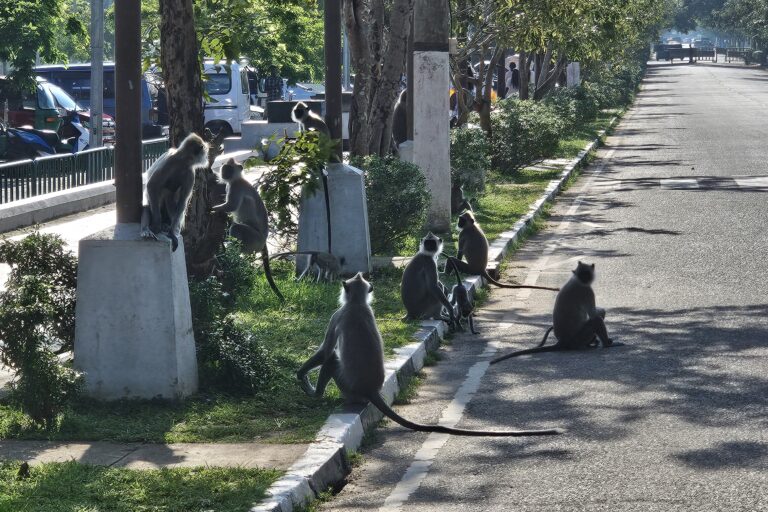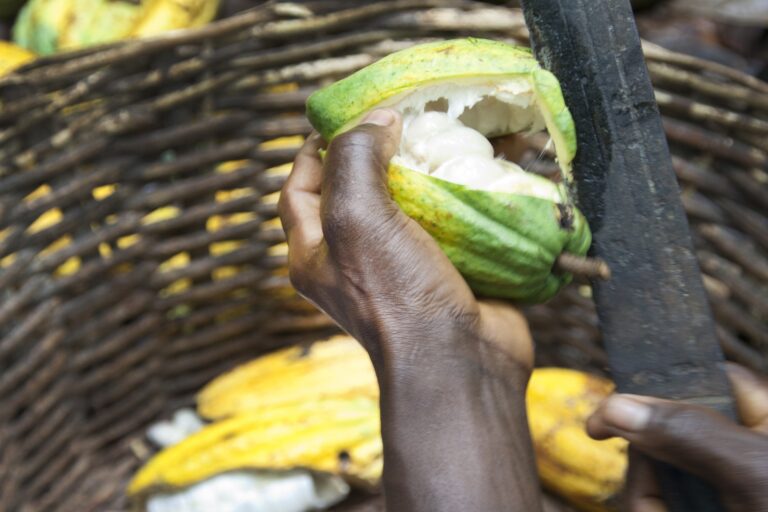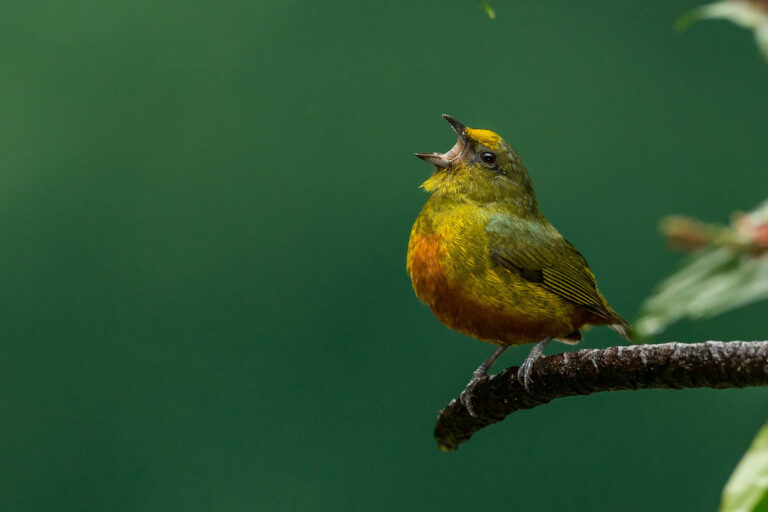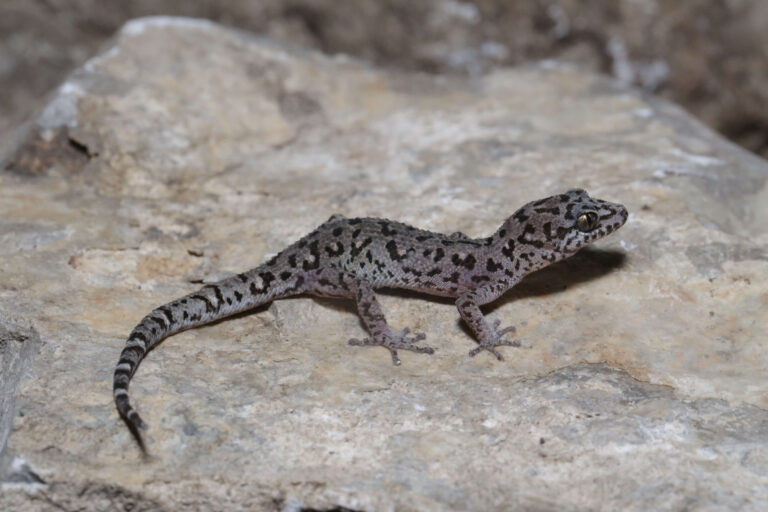- The discussion of the environment has been unbalanced. While all the talk is about carbon and climate, that is actually only half the story when it comes to our environmental crisis. The other catastrophe is of course the destruction of the natural world, the ecological crisis which threatens a million species with extinction over the coming decades.
- These twin evils are as important and serious as each other, but you wouldn’t think it from a glance at the papers – media coverage of the ecological crisis is being completely eclipsed by the climate, which received eight times more press attention in recent years.
- This imbalance needs to be rectified, and we must start treating our twin crises equally, because we cannot address them in isolation. Natural ecosystems, such as forests, wetlands, and seagrass beds, store huge amounts of carbon, and protecting and restoring them is the cheapest and most effective action we can take to lessen the climate crisis. The trouble is, our efforts to mitigate and adapt to climate change can seriously undermine these key natural ecosystems.
- This post is a commentary. The views expressed are those of the author, not necessarily Mongabay.
2019 was the year the environment finally broke into the mainstream. Inspired by Greta Thunberg’s youth strikes and Extinction Rebellion, climate activism blossomed around the world, and green concerns were more prominent than ever before in the media and political discourse. In June, the UK became the first major economy to set a binding target to reach net zero carbon, and by the end of the year countries such as Argentina, Bangladesh, Canada, France, and Spain — as well as the European Parliament — had declared a Climate Emergency.
This is important progress, but the discussion of the environment has been unbalanced. While all the talk is about carbon and climate, that is actually only half the story when it comes to our environmental crisis. The other catastrophe is of course the destruction of the natural world, the ecological crisis that threatens a million species with extinction over the coming decades. These twin evils are as important and serious as each other, but you wouldn’t think it from a glance at the papers — media coverage of the ecological crisis is being completely eclipsed by the climate, which received eight times more press attention in recent years.
This imbalance needs to be rectified, and we must start treating our twin crises equally, because we cannot address them in isolation. Natural ecosystems, such as forests, wetlands, and seagrass beds, store huge amounts of carbon, and protecting and restoring them is the cheapest and most effective action we can take to lessen the climate crisis. In fact, protecting these ecosystems can provide one-third of the mitigation effort nations need to embark on to meet the targets enshrined in the Paris Agreement. Moreover, these natural ecosystems also protect us from the worst impacts of climate breakdown — forests prevent flooding, for example, while coral reefs and mangroves reduce storm damage for coastal communities.
The trouble is, our efforts to mitigate and adapt to climate change can seriously undermine these key natural ecosystems. For instance, biofuels have been widely promoted as part of the answer, but their production has stimulated the clearance of tropical forests and hikes in food prices. The installation of renewable energy infrastructure can be damaging, too, particularly wind turbines in sensitive locations and hydroelectric dams that flood valuable habitats. But perhaps the greatest threat is human adaptation, or how we respond to climate impacts. Around the world, farmers, herders, and others are finding their livelihoods threatened by climate breakdown. Lacking other options, they often turn to the ocean or forest in an effort to eke out a living, adding another layer of threat to biodiversity. This situation is dangerous, as many natural ecosystems are already on the verge of collapse due to climate change and over-use.
As we rush to implement emergency climate actions, it is vital that we don’t neglect nature. Take, for example, tree planting, which has been promoted extensively as a climate solution by everyone from the Intergovernmental Panel on Climate Change to the UK’s Committee on Climate Change to Greta Thunberg and George Monbiot. That’s because, even if we stopped emitting carbon tomorrow, we would still need to suck some out of the air, as there is simply too much in the atmosphere already. And the only technology we have to do that effectively is plants. But while the right tree in the right place is a marvel, the wrong tree in the wrong place will do nothing for either nature or the climate.
Many countries, including China, India, and Ireland, have already made impressive forest restoration commitments. If delivered with biodiversity in mind, these could be a huge boon for conservation. The establishment of diverse, natural forests, whether planted or naturally regenerated, would go a long way to slowing the loss of biodiversity. Unfortunately, though, many of these pledges to plant new forests are focused on industrial plantations of non-native trees, such as the dark, lifeless ranks of fir and spruce that blanket much of the uplands of Britain. Such plantations are of almost zero value for wildlife, and can even be actively damaging — to both conservation and climate — if planted in carbon rich places that aren’t naturally forest, such as fens, bogs, and natural grasslands.
So, while the current upsurge in concern for the environment should be an enormous opportunity for conservation, it could also be a threat. As the world rushes to — hopefully — implement emergency climate policies, it is essential that we don’t neglect nature. This is why we published a paper in the journal Nature Communications urging conservationists to seize this moment for action.
Our focus on the climate crisis is certainly to be celebrated, but we must take the opportunity to capitalize on it and raise awareness of the equally serious ecological crisis we are living through. This might be our best — and perhaps final — chance to mainstream conservation and prevent the loss of a million species.

CITATIONS
• Correa, D. F., Beyer, H. L., Fargione, J. E., Hill, J. D., Possingham, H. P., Thomas-Hall, S. R., & Schenk, P. M. (2019). Towards the implementation of sustainable biofuel production systems. Renewable and Sustainable Energy Reviews, 107, 250-263. doi:10.1016/j.rser.2019.03.005
• Gardner, C. J., & Wordley, C. F. (2019). Scientists must act on our own warnings to humanity. Nature Ecology & Evolution, 3(9), 1271-1272. doi:10.1038/s41559-019-0979-y
• Gardner, C. J., Struebig, M. J., & Davies, Z. G. (2020). Conservation must capitalise on climate’s moment. Nature Communications 11(109). doi:10.1038/s41467-019-13964-y
• Gibson et al. (2017). How Green is ‘Green’ Energy? Trends in Ecology & Evolution. doi:10.1016/j.tree.2017.09.007
• Griscom, B. W., Adams, J., Ellis, P. W., Houghton, R. A., Lomax, G., Miteva, D. A., … & Woodbury, P. (2017). Natural climate solutions. Proceedings of the National Academy of Sciences, 114(44), 11645-11650. doi:10.1073/pnas.1710465114
• Legagneux, P., Casajus, N., Cazelles, K., Chevallier, C., Chevrinais, M., Guéry, L., … & Ropars, P. (2018). Our house is burning: discrepancy in climate change vs. biodiversity coverage in the media as compared to scientific literature. Frontiers in Ecology and Evolution, 5, 175. doi:10.3389/fevo.2017.00175
• Martin, T. G., & Watson, J. E. (2016). Intact ecosystems provide best defence against climate change. Nature Climate Change, 6(2), 122. doi:10.1038/nclimate2918
Charlie J. Gardner (@CharlieJGardner) is a lecturer in conservation science at the Durrell Institute of Conservation and Ecology (DICE), University of Kent, UK. His work focuses on protected areas and sustainable natural resource use in Madagascar, and on the inter-relations between biodiversity conservation, climate mitigation, and activism. He is a member of Extinction Rebellion.
Matthew Struebig is a reader of conservation science at the Durrell Institute of Conservation and Ecology (DICE), University of Kent, UK. He works on the valuation, design, and management of human-modified landscapes in the tropics, particularly in the context of environmental change.
Zoe G. Davies is a professor of biodiversity conservation at the Durrell Institute of Conservation and Ecology (DICE), University of Kent, UK. She is an applied conservationist, using empirical natural and social science datasets to investigate environmental change impacts at spatial scales pertinent to management and policy.
FEEDBACK: Use this form to send a message to the author of this post. If you want to post a public comment, you can do that at the bottom of the page.













